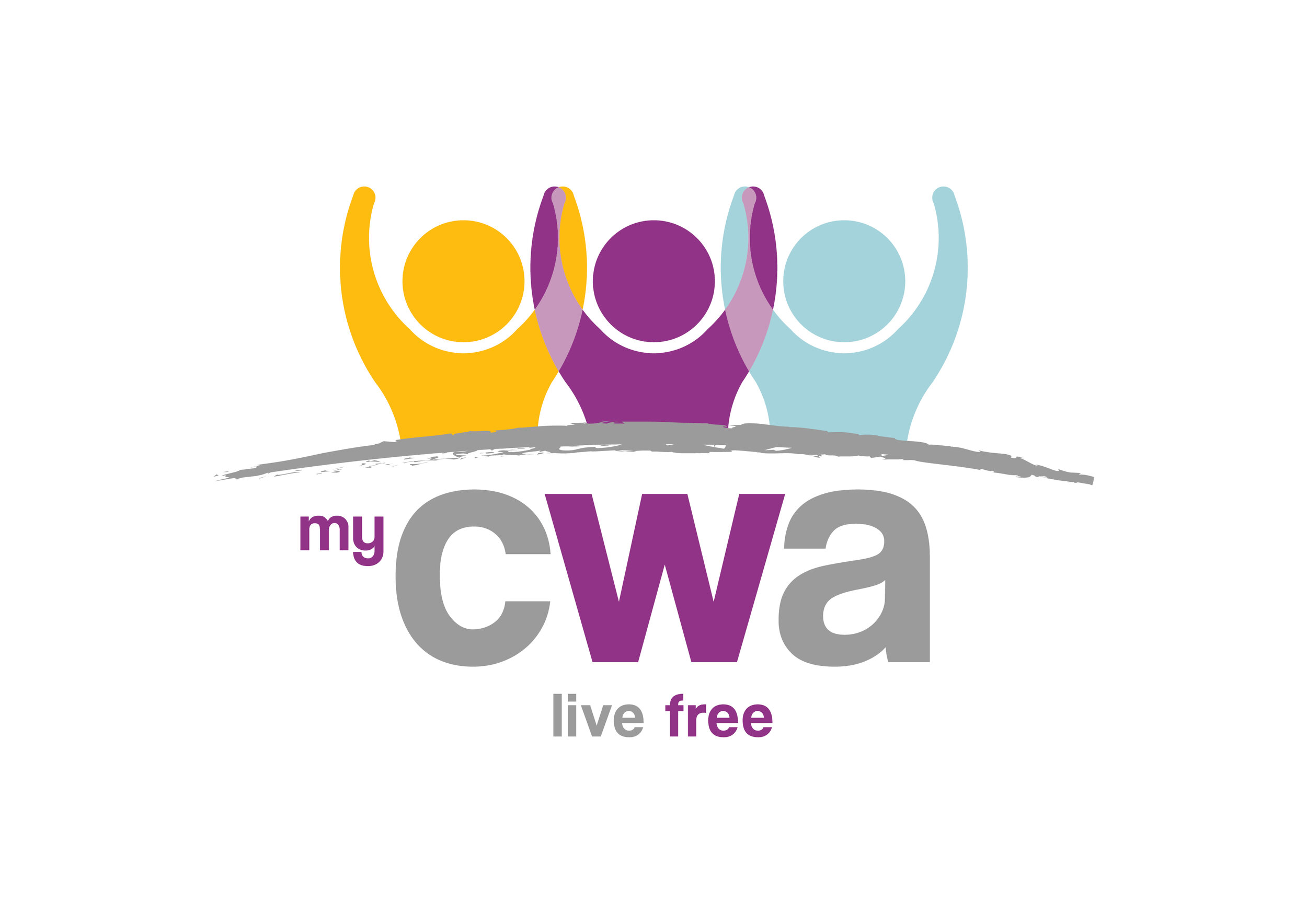recognising abuse
When you’re in a relationship it can be hard to tell if what you’re experiencing is the type of conflict that happens in normal relationships, or whether it’s actually domestic abuse / domestic violence.
If the conflict is constant; if you feel as though you’re ‘stepping on eggshells’ because you’re frightened of what your partner will do if you say or do the wrong thing, it could be a sign of domestic abuse.
Domestic violence
Part of the problem is actually the term “domestic violence” – which conjures up visions of physical injuries caused by a partner. And while it’s certainly possible for physical abuse to happen, it rarely takes place in isolation. Domestic abuse can present itself in many different ways. It can be physical, emotional, verbal, financial or sexual.
But while types of abuse can differ considerably, one thing remains a constant: abuse involves a pattern of controlling or coercive behaviour designed to dominate you.
If you’re confused about your own relationship, it might be worth having a read of the pages below to find out more about different types of abuse:
Physical abuse
Emotional abuse
Verbal abuse
Financial abuse
Sexual abuse
Gaslighting
Reproductive abuse
Adolescent to parent abuse
Elder abuse
LGBT+ abuse
Remember, the only person responsible for abuse is the abuser. It is not your fault. Visit our identifying red flags page to find out more about spotting the warning signs.
Or take a look at our self-help tools for tips on moving forward. Contact us now if you need to talk: 0300 123 5101 (or 01270 250390 if you’re calling from another area).

